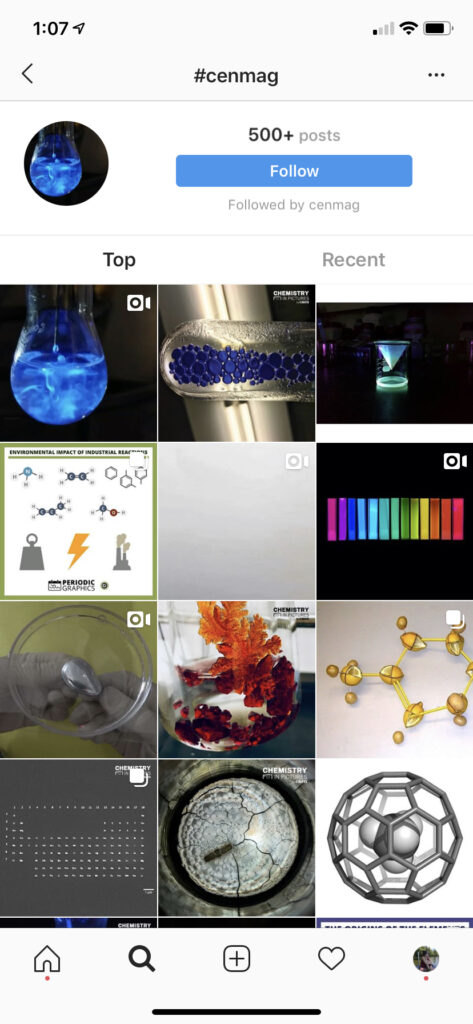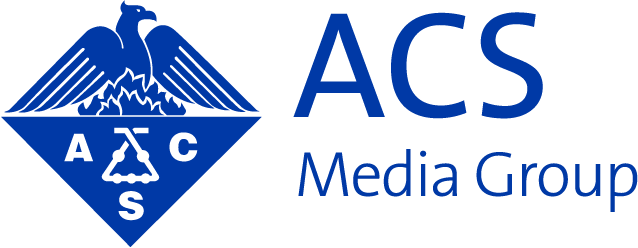With the worldwide explosion of social media platforms, hashtags have had similar trajectories. In fact, they’ve become so commonplace they’re even used in print ads and memes. Considering that there are various social platforms, it’s essential to understand the social media etiquette and nuances regarding hashtags for each.
While there are a number of social media platforms that use hashtags, including Pinterest and LinkedIn, the three platforms most heavily influenced by hashtags are Twitter, Instagram and Facebook. Here we’ll focus on those three, starting with the most important:
Twitter Etiquette and Hashtag Use
With 335 million users, Twitter is a pivotal platform in the social media world and the original home of the hashtag (see here for a brief history). It arguably also hosts the most diverse and valuable hashtag applications – whether it’s researching new people to follow, running competitions, or even participating in a social movement like March for Science.
Thus, on a basic level, peppering your tweets and even account bio with hashtags can increase engagement and followers. For ambitious users, it’s possible to go much larger, starting a new trend with a timely, relevant and original hashtag. In 2017, #ActualLivingScientist swept the Twittersphere, propelled by surveys that showed a majority of adult Americans couldn’t name a living scientist. Scientists everywhere introduced themselves, using the hashtag to reach audiences they wouldn’t otherwise be exposed to.
There are a number of similar examples that have shot to fame over the past few years. #WomeninSTEM is widely recognized and applauded. A favorite of ours – though not viral by any means – is #ScienceStockPhoto. And if you really want to geek-out, search for #StupidCommonNames (#DYK: A peacock mantis shrimp is neither a peacock, nor a mantis, nor a shrimp).
When it comes to using hashtags in your own posts, it’s important to stay focused. For both Facebook hashtags and Twitter hashtags, the aim is always to use fewer, more impactful or ‘trending’ hashtags. Resist the urge to use too many. On Twitter, this advice is especially pertinent because of character limits – while they doubled to 280 characters, that still doesn’t leave a lot of room. Beyond that, followers don’t want to be blinded by a garbled mix of # signs – they’ll miss the real message. According to both Sprout Social and Small Biz Trends, a single hashtag per tweet incurs the most engagement and retweets.
If your aim is to launch a new hashtag, – perhaps for a twitter chat, or branded event – it helps to have the support of a wider team. There are several ways to go about this: You can recruit employees so the message from your company handle can echo out through their respective networks. Alternatively, you could partner with other groups in your space, whether that’s a conference organizer or a science collaborator, to mutually promote a shared hashtag.
A third option, which often works well for marketing, is to host a “Tweet-Up.” This involves meeting with fellow Twitter users in real-life (#IRL) under the banner of a specific hashtag. Major industry conferences such as ASCO and the J.P. Morgan Healthcare Conference have Tweet-up traditions in place (it usually pays to attend one before you start you own). With your combined Tweeting, you’ll make a splash.
Twitter also utilizes the ‘cashtag,’ which allows users to track company news via their ticker symbol. Instead of the pound symbol (#), they lead with the dollar sign –as in $DOW (Dow Chemical) or $BMS (Bristol-Myers Squibb).
Instagram Etiquette and Hashtag Use
Instagram is another powerhouse among social media platforms. With a global base of roughly 1 billion monthly users, it now outranks Twitter in terms of active users. Instagram hashtags operate similarly to those on Facebook and Twitter, enabling content about specific subjects or interests to be found by individuals searching for those topics.
Despite these similarities in social sharing hashtag use, Instagram etiquette is quite different and has been somewhat challenging for brands, as outside of advertising, linking to websites is prohibited.
While less is usually more on Facebook and Twitter, the opposite tends to be true for hashtags on Instagram.
According to Social Media Today, posts on Instagram with a higher number of hashtags, specifically 11, have the most engagement with viewers. To prevent this from distracting from the caption, many users have taken to posting the hashtags within a comment – not the original post (see here for a few examples). In real terms, this spaces them out so they’re not competing with your primary text. The catch: It needs to be done as quickly as possible so Instagram’s algorithms can categorize it appropriately.

Broadly speaking, Instagram is built around the classification or organization of hashtags. As with Twitter, hashtags can be placed in a bio and in Instagram Stories to make them more engaging.
Users also have the option to follow hashtags in order to keep up with the latest posts containing topics of specific interest.
These posts, regardless of whether or not you follow the account that posted them, will automatically show up in your feed (which also happens to be a great way to monitor a campaign hashtag you’ve deployed).
The best suggestion for getting the most out of all hashtags, including those on Instagram, is to research them beforehand. There are so many hashtags on Instagram that in order for your post to be seen, it’s still necessary to narrow it as much as possible to a targeted, specific audience. If you’re stuck, RiteTag can assist with hashtag suggestions in real-time, while Hashtagify allows you to assess the popularity and trends associated with each.
Facebook Etiquette and Hashtag Use
Professionals in the life science industry may be a little apprehensive about participating in Facebook, due to its very informal style. However, it can be a great place to showcase your brand’s personality. Organizations like the National Institutes of Health (NIH) strike a great balance, posting interesting content throughout the day with hashtags such as #MaternalHealth and #Microbiome. Groups like March for Science have also been very successful, using this platform to recruit for their cause.
Like other channels, specific hashtag usage within your Facebook text allows your content to be marked by an interest area or topic so that others sharing that interest can find your content. In terms of Facebook etiquette, there are a lot of overlaps with Twitter. Specifically, using too many hashtags will actually result in a decline in viewers. Facebook itself recommends users keep it simple by sticking to one or two hashtags that fans can understand and remember.
According to Social Media Today, the sweet spot for Facebook is 1-2 hashtags per post. So, if you find yourself adding #chemistry, #chemlab #chemistryscience, and #chemistryeducation to all of your posts every single time, dial it back a notch. Pick one relevant hashtag and run with it. If you’ve been using a lot more than that, change up your strategy: use fewer hashtags and increase the number of times you post per day.
Ideally, you will see an increase in engagement with your posts by posting more frequently and using hashtags judiciously.
Hashtag Etiquette Overall
Hashtag etiquette represents the rules of engagement for social platforms. Technology may change, but people don’t—they love to connect and share ideas. Modern life is so busy that social media has become our surrogate social life, taking up more hours of our life of each year—averaging up to five years, in fact, according to AdWeek.
Hashtags are a great way to find and insert your company into these communities. But along with the nuances described above, there are some best practices for hashtags that apply to all the top platforms:
1 – No matter how grammatically-inclined you are, punctuation should never be used in hashtags as it will break up the tag and render it useless.
2 – Research, research, research. Whether you want to create your own hashtag or boost the visibility of an existing one, always ask: Is it in use and how much so? Who is using it? Is it safe for your brand?
3 – Don’t always be laser-focused. Scientists use common hashtags too! Look at #TIL, #ICYMI, and so on.
4 – If you plan on sponsoring your post (i.e. paying to increase views) then revisit your hashtag strategy with that in mind. If you’re paying for the space and the click, you want the focus to be on your company or strategy, not a loosely related hashtag trend.
5 – Also, this:
By following these basic rules of social media etiquette for hashtag usage and trying to optimize the use of each hashtag, you’ll likely see more engagement with your content across your social media platforms.
As with all social media approaches and tools, it’s also important to have fun. You need to get in front of the right audiences, but you also need to be presenting strong, original, and memorable content. Oftentimes, that means being interactive.
Check out C&EN’s collaboration with KNF Neuberger for some inspiration!



















